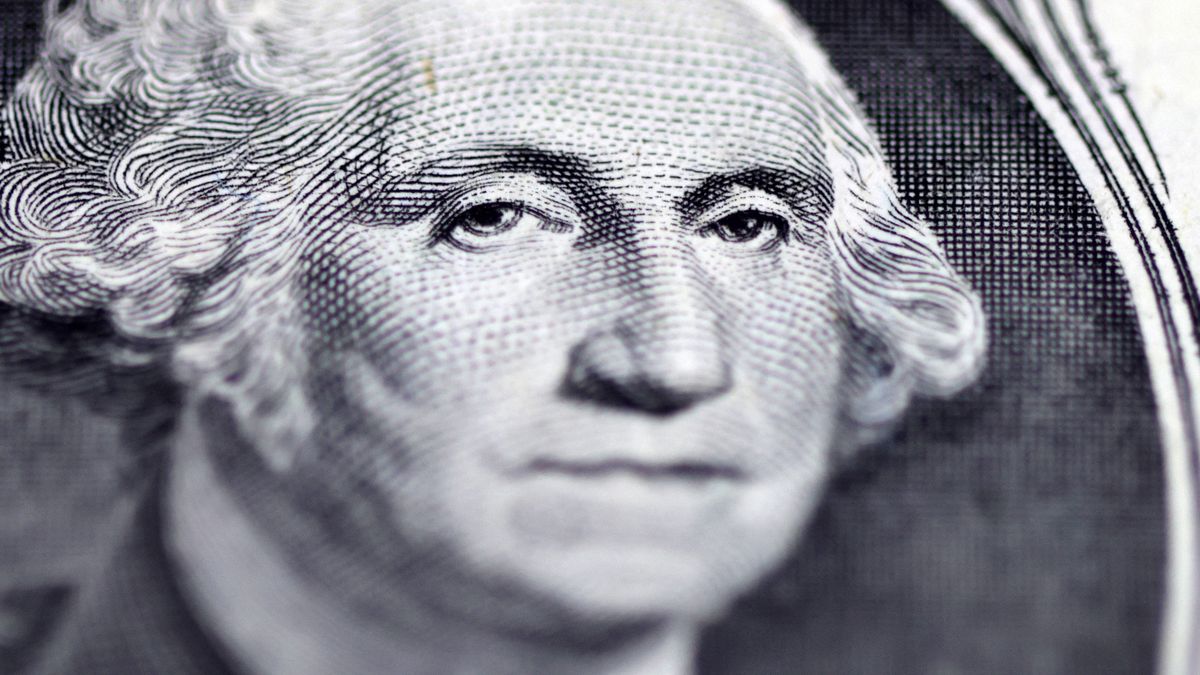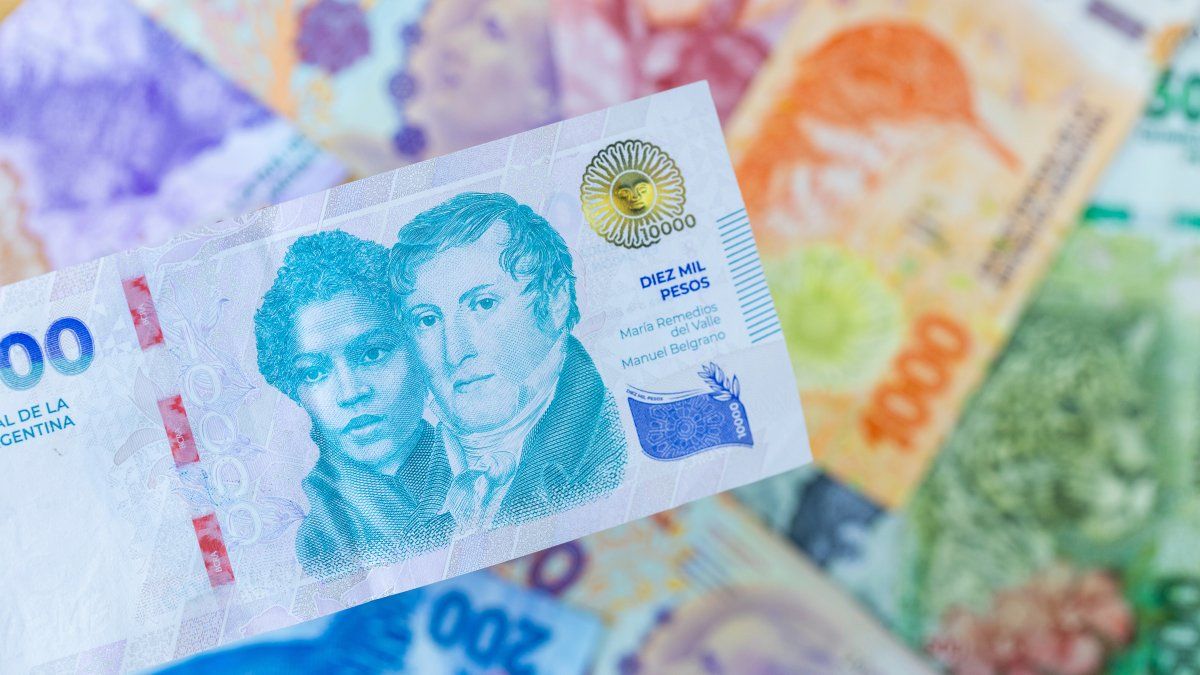He Dolar blue pulled back $5 this Tuesday and closed $725. This waythe illegal currency Specify five days without raises and score like this most days in a row in that state since June 9, when he turned the same number of wheels without increasing in value.
So, the blue trades at lows of more than two weeks and the gap with the official exchange rate stands at 107.11%, the lowest in eleven days, after playing on August 16, an intraday annual record of 127.1%, its highest level since the July bullfight of 2022 (139.3%), according to a survey of Ambit. This happens after closing a strongly bullish Augustmonth in which it went up $185 (33.6%), the largest monthly increase since April 2020 (when it climbed 41.3%).
Although it is premature to design a floor for the Dolar blue, there are different reasons why the parallel currency could be giving up wheel by wheel. According to analysts, the main reasons are:
- The low CCL and the expectation that this trend will continue as a result of the announcement of the dollar soybeans 4which allows 25% of the program dollars to be paid to exporters abroad;
- The strict controls of the National Securities Commission (CNV) in the streets of the City within the framework of the tasks of supervision of brokerage houses and raids on caves;
- A greater need for weightssomething that usually happens at the beginning of the month, when where small savers Do you sell Dollars to pay expenses and informal companies, for salaries, for example.
Blue dollar down: the effect of financiers
For the F2 Financial Solutions analyst, Andres Reschinithe two main factors that explain the informal trend are that the CCL have had a overshoot and now, “is settling down“, which, added to the “intervened MEP“, pushes the blue down.
pesos-dollar.jpg
Frederick Glusteinan economist, is of the opinion, along the same lines, that, in part, the reduction of the parallel “is due to the fact that the MEP is marking you the floor of value“, in a context in which the so-called dollar bag It’s in the $680.03which is located at $43 unlike the illegal.
This gap “significant” between blue dollar and the MEP has made the blue “less attractive and the demand shifts towards the CCL or the MEP,” he adds Maximilian Ramirezfrom the consultant South American Vision and former undersecretary of Macroeconomic Programming of Martin Guzman.
In the same sense, he thinks Joel Lupieri, of the consulting firm Epyca, when he points out that the cross-arbitration that was generated with the stock dollar, “it suffers when the controls in the City tighten”. All this, added to the new version of the soybean dollar“seems to be giving some more liquidity in the foreign exchange market on the stock market“and with more dollars there, the price relaxes and drags the parallel dollarwarns the analyst.
Blue dollar and CNV controls
On the other hand, lupieri, points out that the Government is pressing “strongly” to the operators with more rigorous controls, in line with what was announced a few days ago by the Minister of Economy, Sergio Massa, and adds that he is carrying this out, “both of coercive manner, such as through CNV controls“.
Let us remember that, a few weeks ago, the Government ordered new raids in downtown Buenos Aires in an attempt to stop the sale of dollars in the marginal circuit. And, on the other hand, this Tuesday, It was learned that the CNV preemptively suspended a brokerage firm after detecting that it made illegal activities with dollarized assets for several days last month, prior to the elections Primaries (STEP).
How the demand for pesos affects the blue dollar
On the other hand, Gustavo Quintanafrom PR Operadores de Cambio, points out that there is a growing “need for weights“, something that, he explains, is common at the beginning of the month, since many people sell dollars to pay monthly expenses, but which is intensified this September, possibly due to the payment of bonuses by some small companies or the informal sector.
That, Quintana points out, ends up having an impact on the offer and “accommodates values to a lower level“, but warns that you have to wait a few days to see “where he finds his new level”.
The question is if this fall in the blue is temporary or permanent and if you have a floor or not. As Glustein puts it, “as trades grow to $670/680, it’s hard to sustain such a big spread.” And he considers that it is difficult to validate “the low offer before the blue scenario if the MEP continues to intervene”. Thus, it suggests that the floor for the blue can be in $715, and warns that it turns out “impossible“get below that level because of the difference with the CCL.
For Quintana, meanwhile, it is “too premature” to know if you have found background really. as long as Ramirez states that “some believe that the drop in the blue will be transitory and that the floor will be located around $700with the possibility of a bounce and a return to $750 levels on the CCL.”
And it is that, as stated Reschinieverything would indicate that “It is not that we are facing fundamental solutions“, given that exchange rate tensions could return at any time.
Source: Ambito
I am a 24-year-old writer and journalist who has been working in the news industry for the past two years. I write primarily about market news, so if you’re looking for insights into what’s going on in the stock market or economic indicators, you’ve come to the right place. I also dabble in writing articles on lifestyle trends and pop culture news.




